VR painting is a new technique that lets artists essentially step into an artistically-driven 3D space. Virtual reality painting gives people the ability to create within an immersive and boundless environment where the only limit is imagination.
In this article, you’ll learn about what’s involved with this technology, how to leverage it, and some of the exciting new trends on the horizon for digital artists.
Table of Contents:
- What is 3D Painting?
- What is Virtual Reality Painting?
- What is VR Sculpting?
- What is the Difference Between VR Painting and VR Sculpting?
- 5 Best Virtual Reality Painting Apps
- 5 Best Virtual Reality Sculpting Apps
- Applications of Virtual Reality Painting in Various Industries
- Why Artists Are Embracing VR Painting
What is 3D Painting?
3D painting in VR style is a technique that leverages new technologies for amazing effects. Virtual reality painting lets artists easily step beyond a simple 2D canvas. Standard digital art just emulates the process of putting paint onto a flat surface. But VR lets you take those strokes and colors and map them into full three-dimensional presentations. This allows for all new levels of detail and realism.
These techniques are often used by game designers to add life to character textures, game environments, weapons, and general items. When artists apply these techniques to film, they can produce amazing virtual props or special effects. Open Brush, Tilt Brush, and similar tools allow for a full floating 3D artistic effect that you can view from any angle. It’s a method to turn normally static works into dynamically realistic 3D creations.
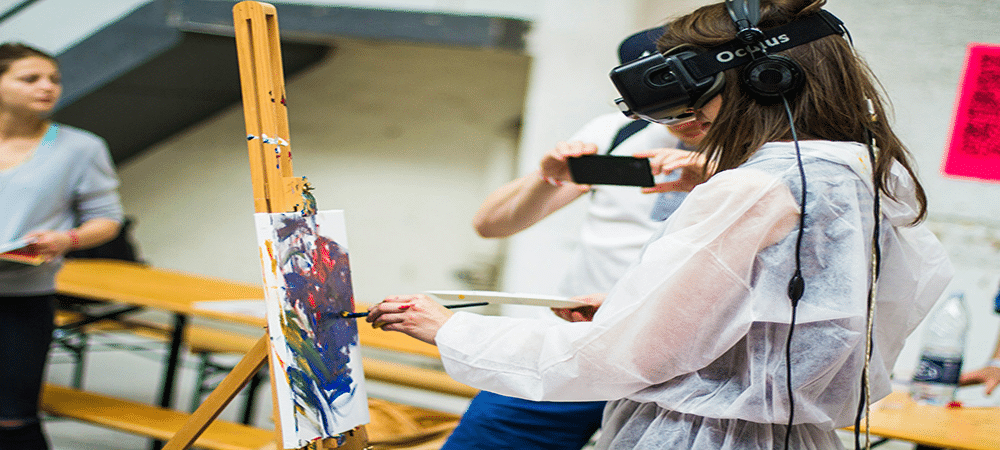
What is Virtual Reality Painting?
Virtual reality painting is similar to traditional painting in a lot of ways. Likewise, this new form of painting also has elements of modern 2D design. But instead of a canvas or stylus, the artist uses new tools – VR headsets and motion-tracking systems. There are some obvious benefits to this process. However, the most important thing is that artists can engage in more immersive painting. And this immersion is true in terms of both artistic creation and the viewer’s own experience.
Painting is normally restricted to a small region of space and within two dimensions. Likewise, an artist needs to use specific brushes, paints, canvases, etc. But in the digital world, artists are free to leverage their imagination. Artists can use as much space as they want to create works of any size. Also, some specific apps even allow for effects like dynamic textures, illuminated brushstrokes, and various inherent animations.
The process of getting started is fairly easy, with the main requirement simply being a VR headset and motion controls to leverage as virtual brushes. Finally, specific virtual reality painting software empowers artists to create within these virtual spaces.
What is VR Sculpting?
While virtual reality painting is an extremely popular and powerful concept, there’s a wide variety of other VR art techniques. VR sculpting is one of the most impressive options, as it lets you actually manipulate digital clay with the VR system’s controllers. Artists can sculpt 3D forms and pull, push, smooth, and carve them into their desired shape.
This technique allows for the creation of digital structures, characters, and items. Likewise, because the sculptures exist as 3D elements within an environment, the artist or 3rd parties can examine them from any angle or even collaborate with each other. Software like Medium and Gravity Sketch provide even more power to digital artists. These techniques are especially popular for animation, product design, architectural design, and game development.
What is the Difference Between VR Painting and VR Sculpting
Virtual reality painting and VR sculpting have a lot in common. For example, both can create a stunning, three-dimensional virtual art experience that can be shared with a wider audience. However, the sculptures tend to be more realistic, while paintings are often ethereal and have a substance that is like a dream given. Likewise, the more realistic forms of digital sculpture make them ideal for applications in product visualization, gaming, and animation. VR sculptures are often exported out of their original environments for use in other applications. These are often utilitarian works and might even include 3D printing the sculptures into full physical models.
Both types of VR creation are expansive forms of artistic expression with their own unique benefits. However, VR sculpting is typically best suited to artists who want to create something practical, whether that’s game assets or animation. While painting in VR is more about art for the sake of art. It’s a more immersive form of digital expression that gives you the ability to turn abstract concepts into a shared experience. Likewise, painting in VR is an excellent tool for storytelling and concept art for your projects. Both techniques are powerful, and artists often use them concurrently. Likewise, both forms are constantly evolving.
5 Best Virtual Reality Painting Apps
Virtual reality painting is powered by specific apps. The following are the best and most creative VR painting tools.
Painting VR
Painting VR is a new app that provides artists with digital brushes and other supplies that would be found in a fully stocked studio. The app’s focus is on virtual reality painting that’s comfortable, relaxing, and mess-free. You even have the power to mix colors and experiment. And if you make a mistake? The app comes with powerful undo functionality so that you can experiment without any concern for possible mistakes. The work can be further improved by importing reference images. You can also train yourself with coloring pages and paint-by-number examples. Plus, the virtual studio is extremely lifelike. You can even take your VR drawing and painting projects and display them on your digital studio’s walls. You could then invite friends and family in to see the fruit of your labor.
Video: Painting VR
Tilt Brush
Tilt Brush is one of the virtual reality painting apps that places special emphasis on paintbrush strokes. Originally created by Google in 2015, it was made to be both easy to use and to take advantage of 3D environments. Users can enjoy 360° painting VR style even if they’ve never experienced it before, thanks to a beginner mode. The app was discontinued by Google in 2021. However, the company also released the source code. This means that the public took up development in the form of a new version – Open Brush. It’s free, easy to use, open source, and an invaluable resource for digital artists. And it has special appeal to those just getting started.
Video: Tilt Brush: Painting from a New Perspective
Open Brush
Open Brush is another community-focused take on Google’s original Tilt Brush app. Skillman & Hackett created a powerful foundation upon which the community continues to build. Open Brush provides artists with 48 brushes imbued with special characteristics. When you use the app to engage in digital painting in VR, you’ll be able to leverage effects like stars, fire, smoke, and various types of light. This VR painting app’s open-source nature means that it sees continual updates and new features. Not only is it free, but the app runs on most of the popular VR headsets, including Steam VR, Oculus Quest, and Rift. If you want to find more information about Oculus Quest, read “Oculus Quest 2; Overview, Features, Accessories and More!“
Video: Open Brush V2.0
Kingspray Graffiti
Kingspray Graffiti takes virtual reality painting in a whole new direction – the street. You can use the app to make amazing street art and graffiti in a safe, fun, and expressive manner. In fact, realism is taken to a whole new level thanks to the inclusion of Ironlak Aerosol colors. Likewise, just like in the real world, you can collaborate with friends. Multiplayer mode allows for up to four players who can join together to create murals in twelve distinct urban landscapes. Some of these include alleyways, rooftops, subways, and train stations. You can even fully put yourself into the app by customizing your hat, spray can, and mask to suit your own tastes. The app is available on SteamVR, Oculus Quest, and Rift.
Video: Kingspray Graffiti VR
Vermilion
Vermilion is a VR painting app that provides you with an opportunity to work with digital oil painting. One of its most amazing features is the sheer realism of the experience. Artists acquainted with the medium will be able to quickly slip into the familiar joy of blending, layering, and color mixing. However, the app also incorporates high-tech features on top of the classic feel of oil painting. An undo feature even allows for further experimentation. The app also provides you with the ability to use passthrough mode to see the world around you and the option to bring reference images into the digital workspace. You can even customize your digital studio. The app runs on PCVR, Steam VR, and Meta Quest.
Video: Vermillion Quest 2 Release Trailer
5 Best Virtual Reality Sculpting Apps
The following tools can take your VR sculpting to the next level within a virtual art studio.
MasterpieceVR
MasterpieceVR is an app that provides an innovative approach to both VR sculpting and VR painting. Users are presented with the opportunity to create and manipulate forms to leverage changes in shape and color. One of the system’s most innovative features is how open it is to new users and collaborations. Beginners will discover just how welcoming it is through tools that are equal parts innovative and intuitive. Likewise, the tool’s potential for rapid prototyping is obvious the moment you pick it up. And users can invite friends to collaborate. These opportunities are even more welcoming thanks to support on HTC Vive, Windows Mixed Reality headsets, and Oculus Rift.
Video: MasterpieceVR
Adobe Substance 3D Modeler
Adobe Substance 3D Modeler is a powerful tool that melds functionality related to virtual reality with your desktop workflows. The system leverages a Sparse Distance Field (SDF) engine that makes sculpting in virtual spaces feel natural. Concerns about topology, subdivisions, or polycount are a thing of the past. Instead, you can just freely sculpt in a totally natural manner. Adding, manipulating, or removing materials is just as easy. You can even import digital models and convert them into a form that naturally integrates into the system.
Video: Introducing Adobe Substance 3D Modeler
SculptrVR
SculptrVR offers a different take on the concept of VR sculpting. The app lets you create entire worlds within a multiuser environment. You’re essentially given unlimited resources, space, and freedom to experiment. You can mold and shape anything and everything. This ranges from a smaller scale with characters to a larger scale with full landscapes. You can even explore the concept further with climbing and gliding options that let you really feel what it’s like to live in the worlds you’ve created. Users can also upload their work to the SculptVR content gallery or explore an interactive gallery of existing works.
Video: SculptrVR | Oculus Quest Platform
Let’s Create! Pottery VR
Let’s Create! Pottery VR shows that these tools can also be used for more specialized applications like pottery-making. Just like with traditional ceramic pieces, users are presented with a full pottery wheel. The wheel is then used to carve, shape, and decorate the vase before baking it. After baking, it’s time to apply some VR painting techniques to it using different colors and styles. It’s a relaxing approach to sculpting that can leverage either traditional or innovative new designs.
Video: Let’s Create! Pottery VR – Trailer [VR, Vive, Rift, Index]
Gravity Sketch
Gravity Sketch is an app that helps bring your ideas to life. The 3D design tool is a perfect way to get started prototyping your ideas, working through industrial design, product visualization, or creating full models. It’s an intuitive instrument suited to the needs of game developers, designers, architects, and more. Users can leverage symmetry tools and layers in their design. However, many feel that the app’s most impressive element is its collaborative features that allow for multi-user projects. You’ll also be able to import or export to Adobe Illustrator, Blender, Sketchfab, and more. It’s a free app for SteamVR, Meta Quest, and Rift.
Video: Exports: from Gravity Sketch to Rhino
Applications of Virtual Reality Painting in Various Industries
There’s more to painting in virtual reality than pure artistic expression. While that’s important, you’ll also find widespread adoption of the techniques within the following areas.
Game Design and Virtual World Creation
Game development often encompasses the design of characters, worlds, and general landscapes. Virtual reality painting is the perfect way to accomplish this, as you can literally paint into these 3D spaces. You can create prototypes of your ideas, make assets, and generally get creative within new digital worlds. This is especially true for VR games like Half-Life: Alyx. The game’s developers used painting techniques to test lighting and atmosphere before finalizing their product. If you want to learn more about VR games, read “Best VR Games: Top Virtual Reality Gaming Experiences!”
Education and Training
Schools, professional training programs, and art institutions are all leaning heavily into the exciting new world of VR painting. The groundbreaking technology lets people learn about multiple aspects of art design and theory, such as perspective, composition, and colors. The immersive nature of VR also lends itself to multi-disciplinary areas like medical illustration, where anatomical models can be used for both research and personal training. Medical students at institutions like Stanford University are already using these techniques to look at 3D models of human anatomy.
Media and Entertainment
The media and entertainment markets already have a strong relationship with virtual reality painting thanks to its role in immersive visual effects (VFX). Imaginative and creative elements like monsters, characters, or fantastical lands are first brought to life with VR painting and textures. Painting within VR has also encompassed matte paintings. This allows for more immersive versions of matte paintings to be used for backgrounds. Entire productions can even be done within VR. For example, Disney used VR to create the short film Cycles. And Netflix’s film Battlescar was created using digital painting and sculpting.
Therapy and Rehabilitation
VR painting can also be a powerful tool for art therapy. People fighting to recover from both mental and physical injuries are discovering just how powerful digital art can be. VR can be used to enhance emotional expression on the mental side. On the physical level, it helps hand-eye coordination and motor skills. VR is being used as a medical tool in a variety of prestigious institutions. For example, Johns Hopkins Hospital uses painting in VR to help stroke patients recover their fine motor skills.
Virtual Reality Museums and Galleries
Virtual reality painting is not just about creating art; it’s also a powerful tool that can bring it to the world. The technology is often used to create full, immersive VR exhibitions. It’s a new way to experience both new and classic works of art. Classics are sometimes even brought to life as 3D recreations. Many institutions are using VR to bring their works to people outside their geographic region. For example, the Louvre Museum created a VR exhibit where people could stroll through the Mona Lisa. The VR Museum of Fine Art even has a gallery of 3D recreations of famous paintings.
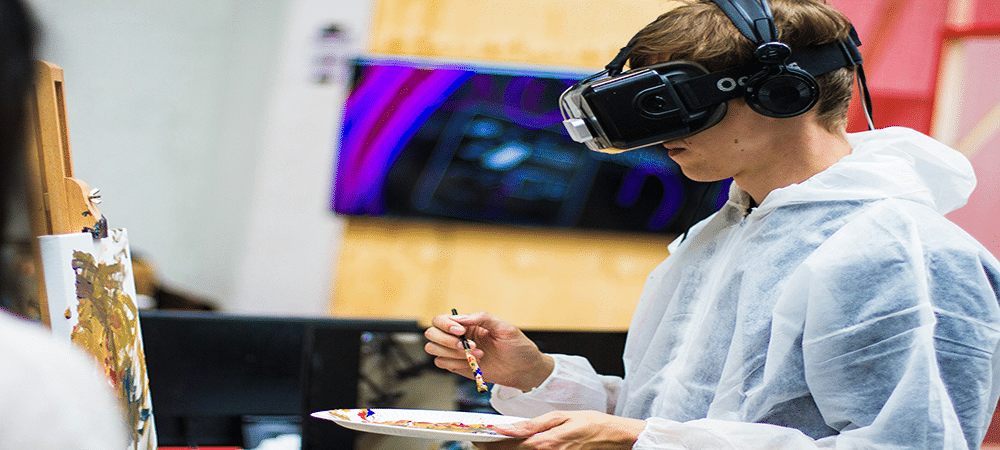
Why Artists Are Embracing VR Painting
The amazing potential of VR painting and why its popularity is growing can be seen in the following elements inherent to the art form:
- Immersive Experience: Virtual reality painting isn’t something people simply look at; rather, it’s an inherently immersive experience that people can fully step into.
- Freedom of Expression: Art springs out of two-dimensional constraints with VR painting. Instead of using flat canvas, artists can create living art with layers, sculpted 3D elements, and even animation.
- Unlimited Creative Possibilities: You’re freed from all constraints when engaging in virtual reality painting. You can paint in the air within a full 360 degrees, walk around a painting to gain new perspectives, and essentially bring imagination to life.
- Interdisciplinary Potential: VR painting reaches across disciplines to provide benefits for architecture, storytelling, animation, and games.
- Easy Undo & Experimentation: Artists are free to experiment within the realm of virtual reality painting as, unlike with physical painting, they can always roll back their work to a prior version.
- Freedom from Physical Limitations: Artists normally need to satisfy a variety of physical requirements. This ranges from a room to work into brushes, canvas, and paint. VR painting removes these requirements and essentially provides a fully digital studio within which to work.
- Expanding Career Opportunities: Virtual reality painting is a fun hobby, but it’s also a career path with opportunities in virtual world design, gaming, film, and animation. Many industries are looking for both full-time and freelance artists with experience in VR art creation.
VR painting promises exciting and continually evolving possibilities. Haptic feedback, AR integrations, and physical interactions all hold promise for future advancements. So, get ready to embrace this new field and enjoy its current features and future possibilities for interactive digital art in VR.
Did You Like This Article About the VR Painting?
You might also be interested in the following articles:
- Virtual Reality Industries; An Overview of All Sectors Using VR
- Virtual Reality in Entertainment; Examples of VR in Entertainment
- Expected Virtual Reality and Augmented Reality Headsets
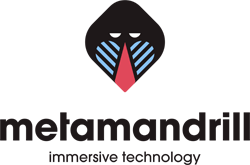
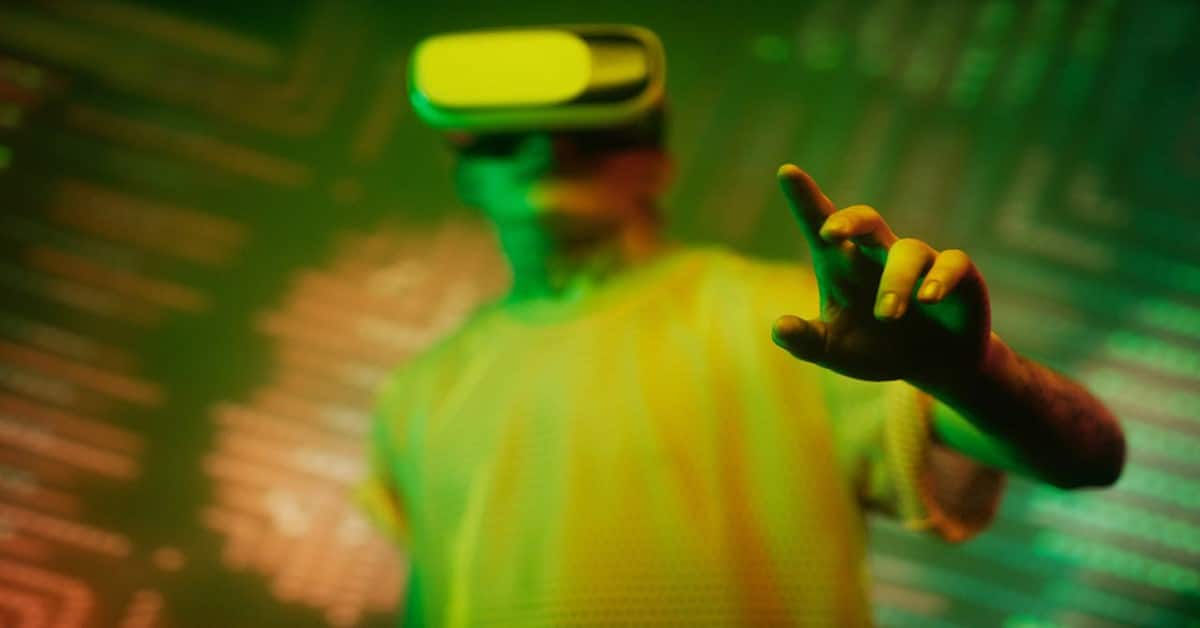
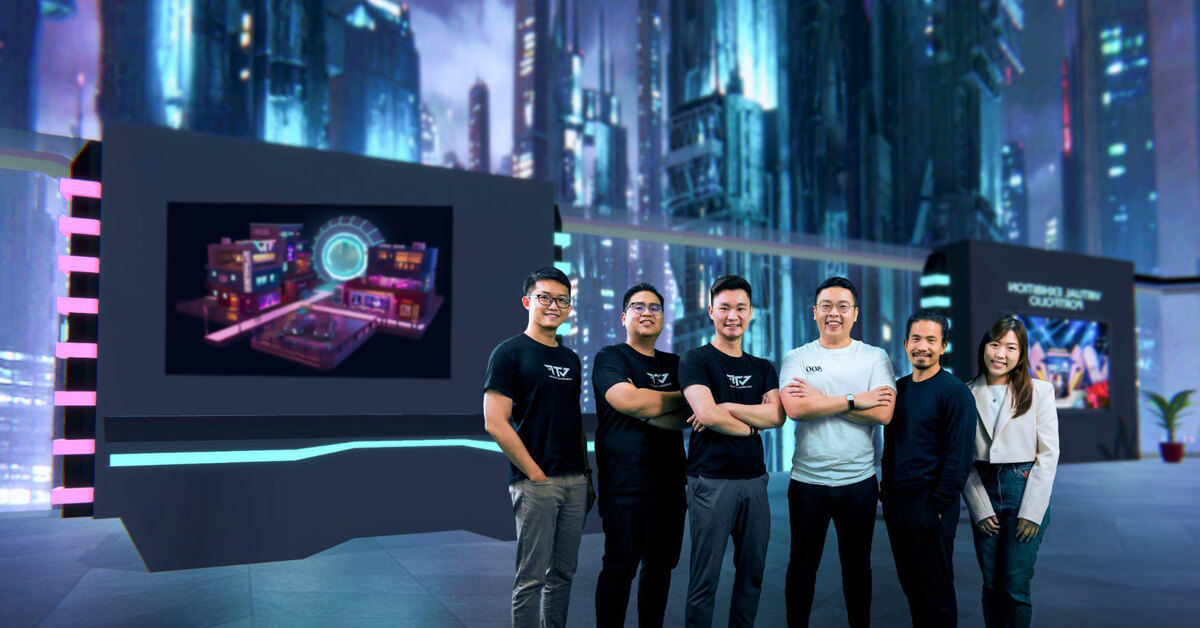

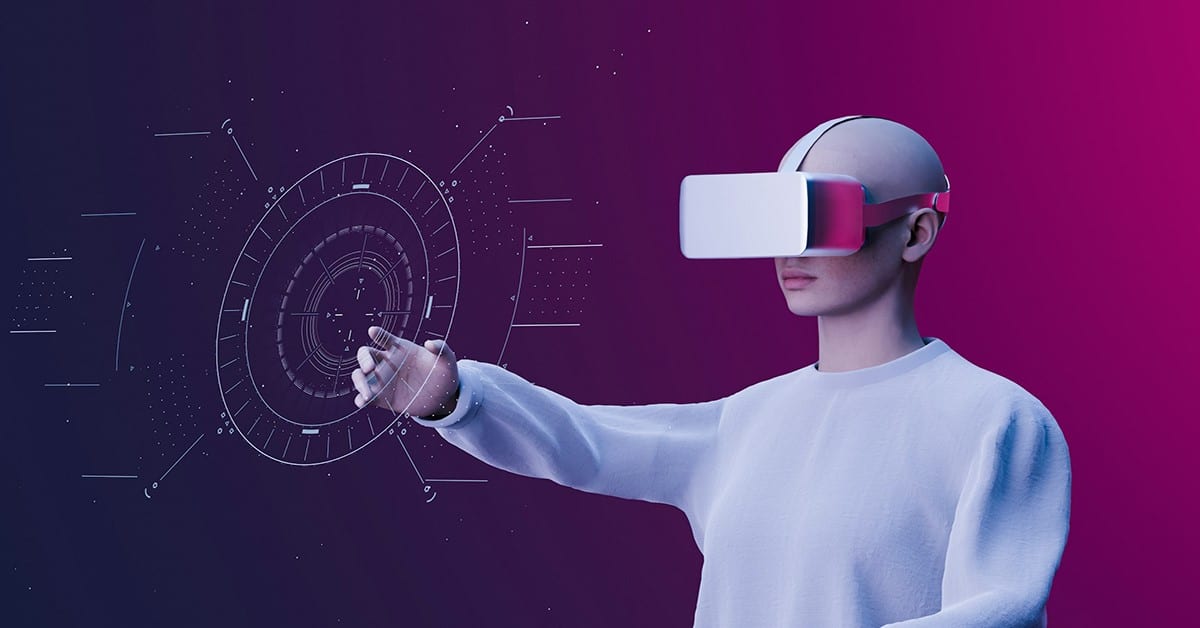
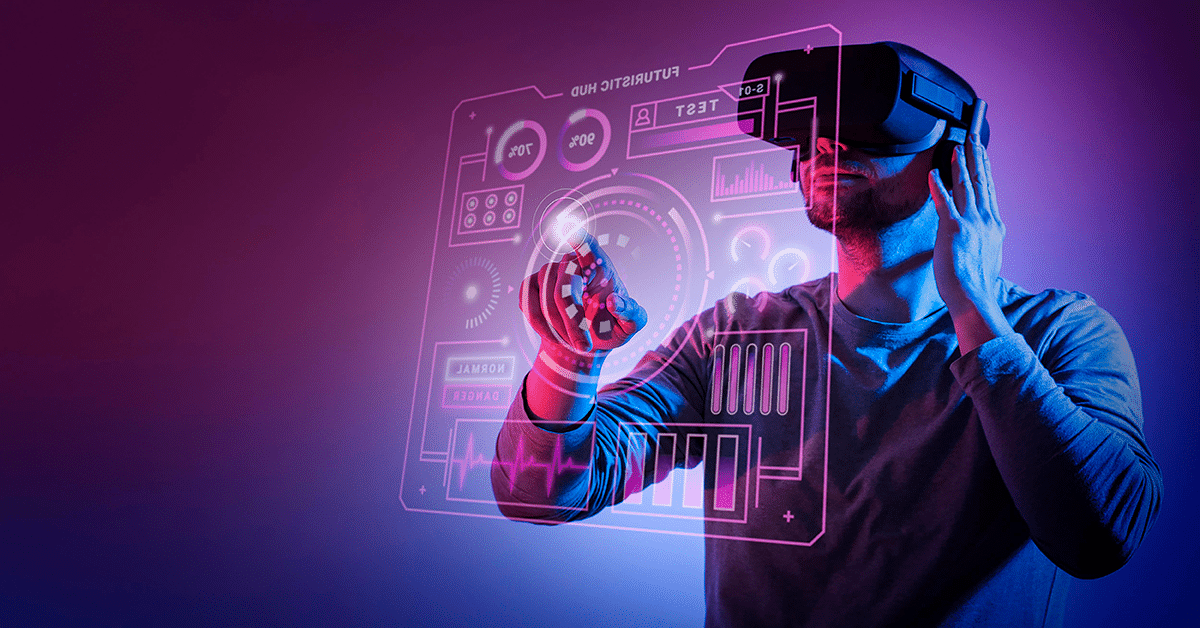
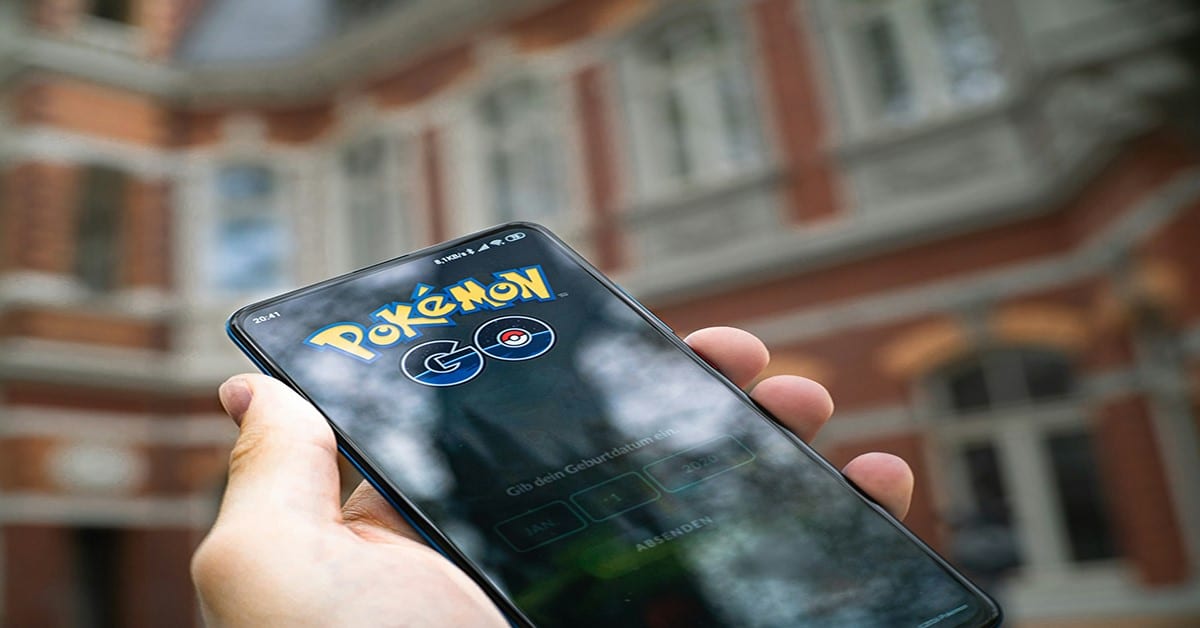
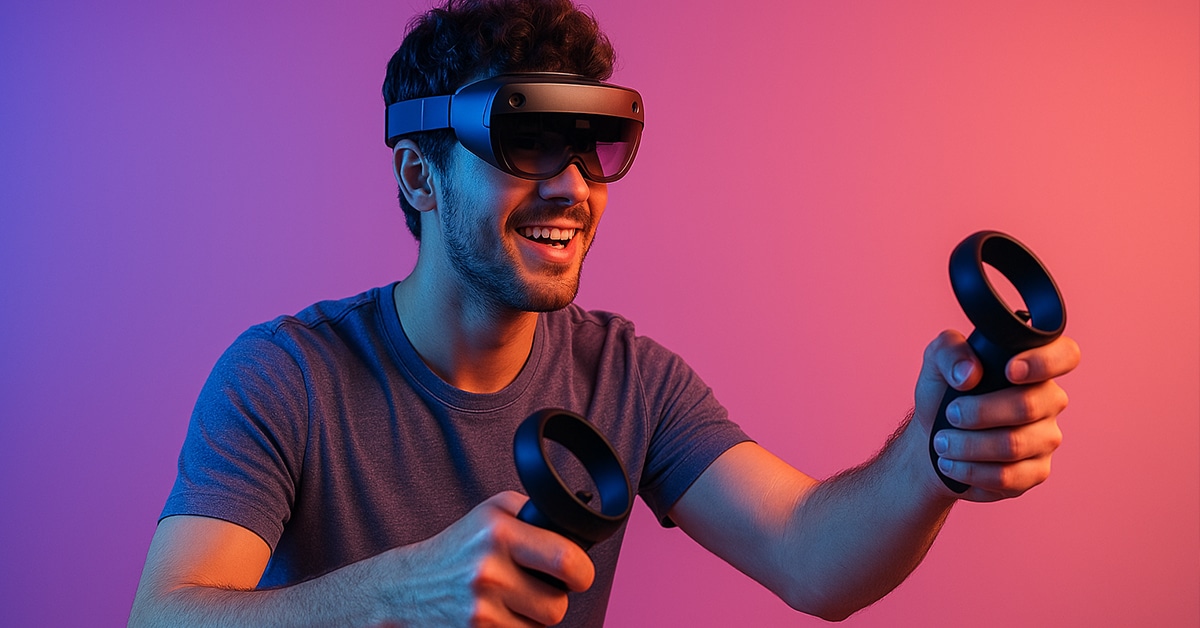

Leave A Comment